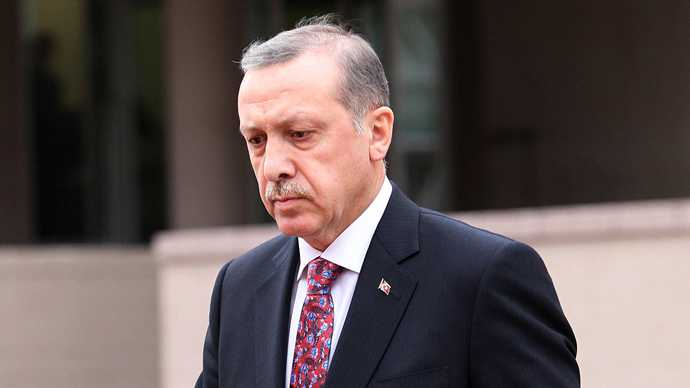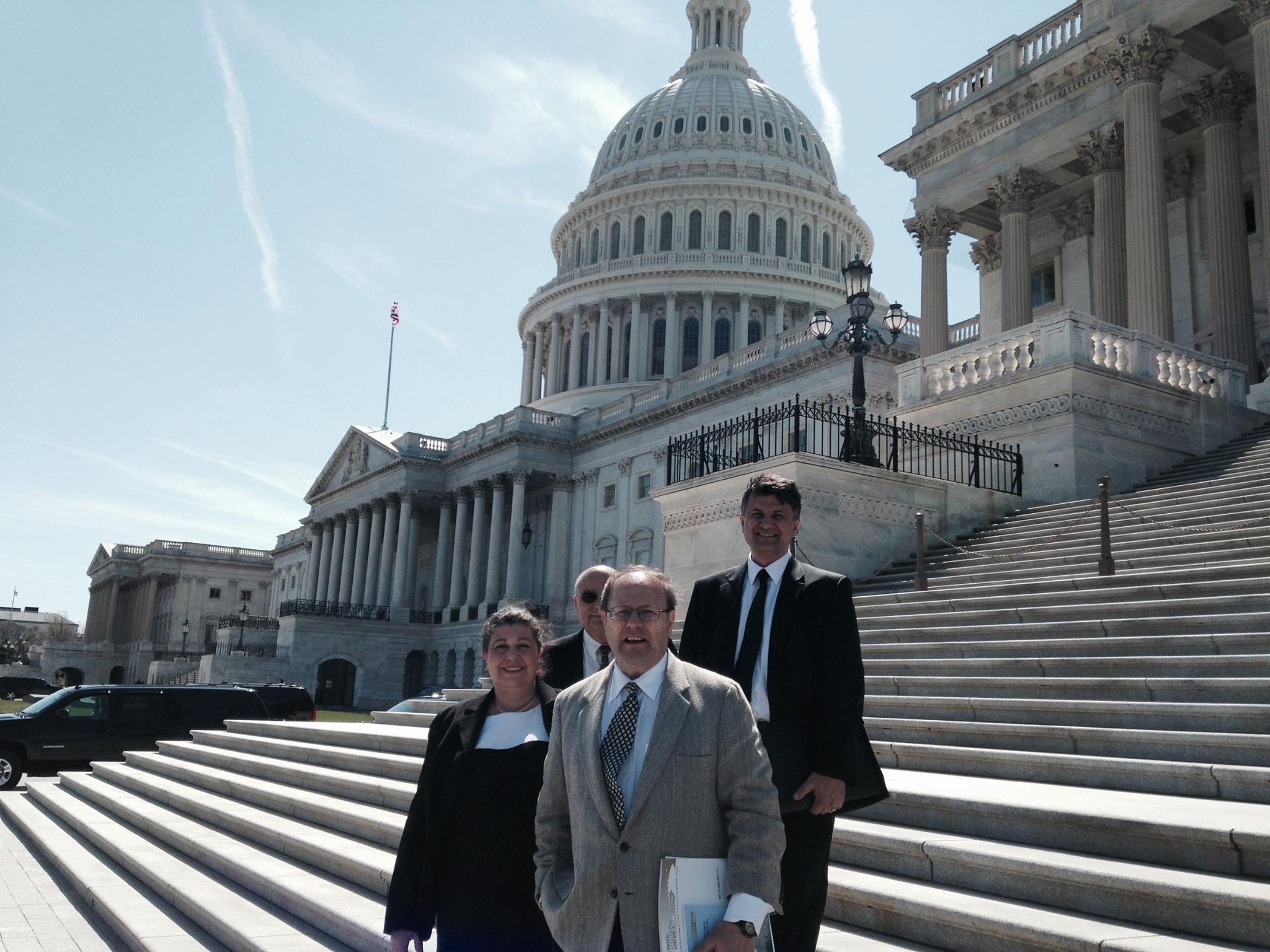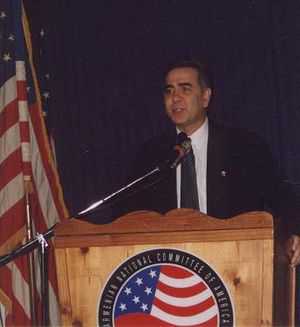|
Tag: Ergenekon
-
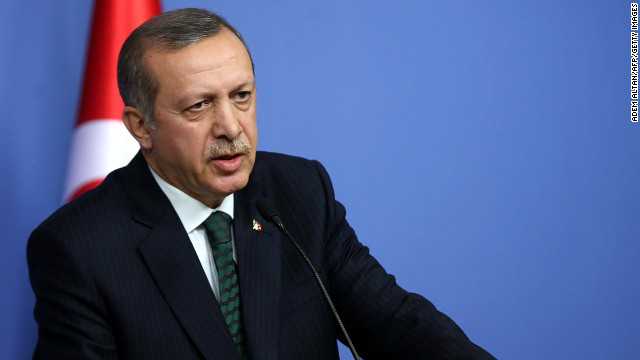
Turkey’s Prime Minister Troubled by Armenia’s Diaspora
-
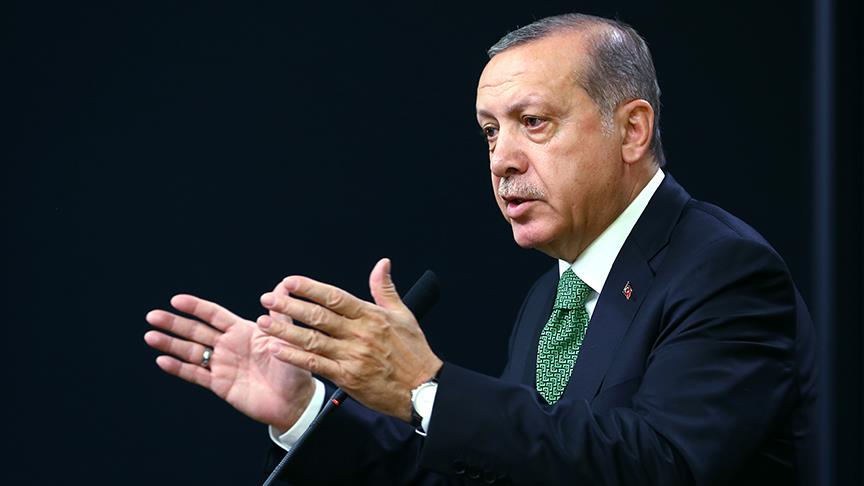
Armenians horrified by treaty with Turkey
Genocide forgotten:
A new trade deal is set to gloss over the
murder of 1.5 million peopleBy Robert Fisk
www.independent.co.ukIn the autumn of 1915, an Austrian engineer called Litzmayer, who was helping build the Constantinople-Baghdad railway, saw what he thought was a large Turkish army heading for Mesopotamia. But as the crowd came closer, he realised it was a huge caravan of women, moving forward under the supervision of soldiers.
The 40,000 or so women were all Armenians, separated from their men – most of whom had already had their throats cut by Turkish gendarmerie – and deported on a genocidal death march during which up to 1.5 million Armenians died.
Subjected to constant rape and beatings, some had already swallowed poison on their way from their homes in Erzerum, Serena, Sivas, Bitlis and other cities in Turkish western Armenia. “Some of them,” Bishop Grigoris Balakian, one of Litzmayer’s contemporaries, recorded, “had been driven to such a state that they were mere skeletons enveloped in rags, with skin that had turned leathery, burned from the sun, cold, and wind. Many pregnant women, having become numb, had left their newborns on the side of the road as a protest against mankind and God.” Every year, new evidence emerges about this mass ethnic cleansing, the first holocaust of the last century; and every year, Turkey denies that it ever committed genocide. Yet on Saturday – to the horror of millions of descendants of Armenian survivors – the President of Armenia, Serg Sarkissian, plans to agree to a protocol with Turkey to re-open diplomatic relations, which should allow for new trade concessions and oil interests. And he proposes to do this without honouring his most important promise to Armenians abroad – to demand that Turkey admit it carried out the Armenian genocide in 1915.
In Beirut yesterday, outside Mr Sarkissian’s hotel, thousands of Armenians protested against this trade-for-denial treaty. “We will not forget,” their banners read. “Armenian history is not for sale.” They called the President a traitor. “Why should our million and a half martyrs be put up for sale?” one of them asked. “And what about our Armenian lands in Turkey, the homes our grandparents left behind? Sarkissian is selling them too.”
The sad truth is that the 5.7 million Armenian diaspora, scattered across Russia, the US, France, Lebanon and many other countries, are the descendants of the western Armenians who bore the brunt of Turkish Ottoman brutality in 1915.
Tiny, landlocked, modern-day Armenia – its population a mere 3.2 million, living in what was once called eastern Armenia – is poor, flaunts a dubious version of democracy and is deeply corrupt. It relies on remittances from its wealthier cousins overseas; hence Mr Sarkissian’s hopeless mission to New York, Los Angeles, Paris, Beirut and Rostov-on-Don to persuade them to support the treaty, to be signed by the Armenian and Turkish Foreign Ministers in Switzerland.
The Turks have also been trumpeting a possible settlement to the territory of Nagorno-Karabagh, part of historic Armenia seized from Azerbaijan by Armenian militias almost two decades ago – not without a little ethnic cleansing by Armenians, it should be added. But it is the refusal of the Yerevan government to make Turkey’s acknowledgement of the genocide a condition of talks that has infuriated the diaspora.
“The Armenian government is trying to sweeten the taste for us by suggesting that Turkish and Armenian historians sit down to decide what happened in 1915,” one of the Armenians protesting in Beirut said.
“But would the Israelis maintain diplomatic relations if the German government suddenly called the Jewish Holocaust into question and suggested it all be mulled over by historians?”
Betrayal has always been in the air. Barack Obama was the third successive US President to promise Armenian electors that he would acknowledge the genocide if he won office – and then to betray them, once elected, by refusing even to use the word. Despite thunderous denunciations in the aftermath of the Armenian genocide by Lloyd George and Churchill – the first British politician to call it a holocaust – the Foreign Office also now meekly claims that the “details” of the 1915 massacres are still in question. Yet still the evidence comes in, even from this newspaper’s readers. In a letter to me, an Australian, Robert Davidson, said his grandfather, John “Jock” Davidson, a First World War veteran of the Australian Light Horse, had witnessed the Armenian genocide: “He wrote of the hundreds of Armenian carcasses outside the walls of Homs. They were men, women and children and were all naked and had been left to rot or be devoured by dogs.
“The Australian Light Horsemen were appalled at the brutality done to these people. In another instance his company came upon an Armenian woman and two children in skeletal condition. She signed to them that the Turks had cut the throats of her husband and two elder children.”
In his new book on Bishop Balakian, Armenian Golgotha, the historian Peter Balakian (the bishop’s great-nephew) records how British soldiers who had surrendered to the Turks at Kut al-Amara in present-day Iraq and were sent on their own death march north – of 13,000 British and Indian soldiers, only 1,600 would survive – had spoken of frightful scenes of Armenian carnage near Deir ez-Zour, not far from Homs in Syria. “In those vast deserts,” the Bishop said, “they had come upon piles of human bones, crushed skulls, and skeletons stretched out everywhere, and heaps of skeletons of murdered children.”
When the foreign ministers sit down to sign their protocol in Switzerland on Saturday, they must hope that blood does not run out of their pens. -

Genocide conference in NYC
As Genocide Continues to Shape World History, Landmark Conference will Seek Answers and UnderstandingInternational Group of Scholars Gather to Focus Lens on Genocide through examination of Raphael Lemkin, Advocate and Initiator of United Nations Genocide Convention in 1948
Wed Oct 21, 2009 8:30am EDTNEW YORK, Oct. 21 /PRNewswire/ — Current news headlines are a sad reminder
that genocide has been, and continues to be, a stain on human existence in all
corners of the world, from Rwanda to Armenia, to Darfur and beyond. Those
headlines also underscore the urgency of addressing every instance of the
crime, particularly in light of a statement made by Adolf Hitler before
invading Poland in 1939: “… I put ready my Death’s Head units, with orders
to send to death, mercilessly and without compassion, all men, women, and
children of the Polish race or language. … Who, after all, still talks
nowadays of the extermination of the Armenians?”Inscribed on the wall of the Holocaust Museum in Washington, D.C., that quote
illustrates that Hitler was emboldened by the lack of international response
to Turkey’s killing of more than a million ethnic Armenians during World War
I. By contrast, however, that episode in human history was also the spark that
led to the tireless efforts of one man to define the crime of genocide under
international law and enable perpetrators, such as a recently arrested suspect
in the Rwandan genocide, to be charged and brought to justice. That man was
Raphael Lemkin, whose life-long devotion to the cause not only coined and
defined the word “genocide,” but led to the 1948 United Nations Convention on
the Prevention and Punishment of the Crime of Genocide.The invaluable contributions of Lemkin will be the focus of an international
public conference, “Genocide and Human Experience: Raphael Lemkin’s Thought
and Vision,” to be held Sunday, November 15, from 9:00 a.m.-6:30 p.m., at the
Center for Jewish History, 15 West 16th Street in New York City. Bringing
together for the first time an international group of historians, political
scientists, anthropologists, philosophers, philanthropists, and legal
authorities to explore the tremendous legacy and impact of Lemkin’s work, the
landmark conference will also delve into perpetually relevant questions of
human rights and the nature of human behavior.“Raphael Lemkin died in 1959, and while few people today may recognize his
name, most feel the impact of his work,” said Michael Glickman, Center for
Jewish History COO. “As a young Jewish lawyer in Warsaw almost 90 years ago,
Lemkin could not understand why it was a crime for an Armenian youth to murder
the Turkish official responsible for the attempted destruction of the Armenian
community in the Ottoman Empire, but not a crime for the government to murder
more than a million Armenians. That question inspired Lemkin to devote the
rest of his life to fight against such horrors and to wage a campaign of
international advocacy that led to the United Nations Genocide Convention.”A wealth of Lemkin’s correspondence, along with papers documenting Lemkin’s
work as an activist, are housed in the archives of the American Jewish
Historical Society at the Center for Jewish History. The documents include
correspondences with public figures such as Eleanor Roosevelt, General Dwight
D. Eisenhower, and Pearl S. Buck; Lemkin’s unfinished manuscript History of
Genocide; and archival footage of interviews from the 1950s. The Lemkin
archives will also be the subject of a special exhibition at the Center for
Jewish History in partnership with Yeshiva University Museum scheduled to run
from November 16, 2009, to March 19, 2010.Even though the crime of genocide is often understood as mass murder alone,
Lemkin viewed genocide as a nuanced concept, which shapes and is determined by
the spheres of economics, law, society, and culture. Through Lemkin’s archival
writings, the conference will focus on these gradations of genocide, as Lemkin
understood them.Opening the conference will be an historical overview and brief biographical
account of Lemkin’s life, legal and other accomplishments, and perspectives on
the human condition, setting the context for the panel discussions to follow.
Topics to be explored by three different panels fall under the broad subjects
of Lemkin’s perspective on cultural genocide, the complex economic and social
issues surrounding genocide, and the challenging relationship between
international law and genocide.Among the distinguished list of presenters are Vartan Gregorian, President,
Carnegie Corporation of New York; Peter Balakian, Colgate College; Donna-Lee
Frieze, Deakin University, Melbourne, Australia; Alexander Laban Hinton,
Rutgers University; Jim Fussell, PreventGenocide.org; Tanya Elder, American
Jewish Historical Society; Berel Lang, Wesleyan University; Benjamin
Valentino, Dartmouth College; Lawrence Woocher, US Institute of Peace; Hilary
Earl, Nipissing University, North Bay, Ontario; Benedict F. Kiernan, Yale
University; Muhamed Mesic, Bosnia; William A. Schabas, National University of
Ireland; and Steven Leonard Jacobs, University of Alabama.“It is the hope of the Center and the conference sponsors that this historic
gathering will not only provide some clearer understandings of both the
extraordinary courage and dynamic intellect of one individual, but will also
clarify the challenges that lie ahead in confronting the evil of genocide in
the modern world,” continued Mr. Glickman. “It is said that those who do not
learn from history are doomed to repeat it. ‘Genocide and Human Experience:
Raphael Lemkin’s Thought and Vision’ represents one small step to teach the
lessons humankind so desperately needs, as history continues to repeat itself
in the 21st century.”The conference is open to the general public. For more information, visit
www.cjh.org/lemkin; or to register, log on to www.smarttix.com or call
212-868-4444.SOURCE Center for Jewish History
Cathy Callegari, +1-212-579-1370, [email protected]
URL:
-
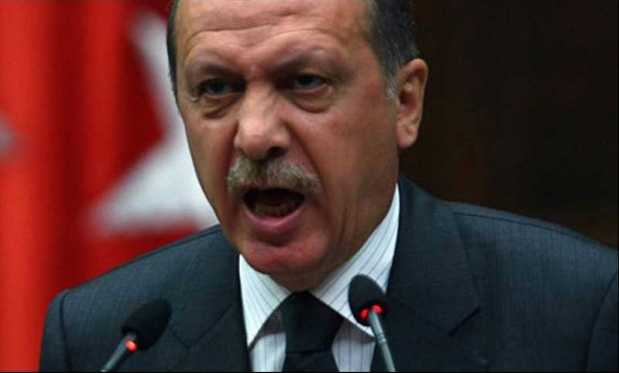
Abandoning Ataturk
Soner Cagaptay
Newsweek
September 19, 2009In the 18th and 19th centuries, the Ottoman Empire, having suffered military defeats at the hands of Europe, realized it could match its rivals only by becoming a European society itself. So it embarked on a program of intense reforms. In 1863, Sultan Abdulaziz established Darussafaka, the empire’s first high school with a secular Western curriculum in Turkish. In the early 20th century, Kemal Ataturk followed through on the sultan’s dreams, making Turkey a staunchly secular state. Institutions such as Darussafaka, my alma mater, thrived.
Not now. Last month, Turkey’s ruling Justice and Development Party (AKP) decided to start a training academy for imams in Darussafaka’s iconic, 130-year-old former campus, abandoned by Darussafaka for a new facility in 1994. Such a step would have been unfathomable even two years ago. But it’s a sign of how the era of Ataturk and Abdulaziz is coming to an end.
Since coming to power in 2002, the Islamist AKP has transformed Turkey. Bureaucrats in Ankara now feel compelled to attend prayers lest they be bypassed for promotions. Religious observance has become a necessity for those seeking government appointments or lucrative state contracts. The AKP firmly controls the country’s executive and legislative branches and is extending its power by appointing sympathetic judges, university presidents, and the heads of major civil organizations. The party has used legal loopholes to raise the share of Turkey’s media held by pro-AKP businessmen from 20 percent to about 50 percent.
The increasingly marginalized secular elite is largely to blame for its own downfall. After 1946, when Turkey became a multiparty democracy, the country ran on autopilot. Turkey’s secular establishment grew fatigued and stopped doing what it takes to maintain popular support. After the collapse of communism, Turkey’s working and lower-middle classes largely abandoned the left. Rather than cultivate them, secular parties waited for the masses to come to them. The AKP, by contrast, went to the people, establishing a vast, Tammany Hall-style network to distribute jobs and benefits while preaching traditional Islamist values. The result was its historic 2002 victory.
Ataturk’s followers also neglected key institutions. Consider Darus-safaka. After the school moved to a new campus in the suburbs in 1994, the elite let the handsome, 19th-century buildings with a Bosporus view lay fallow for 15 years. Not one secular business, NGO, or university took interest in them.
And consider the media. While nonreligious and liberal Turks continue to rely on newspapers — the old media — to get their message out, the Islamists have taken over the new. They now dominate the Internet, using a proliferating number of sites to spin news with an anti-Western and pro-AKP twist. This helps shape ordinary Turks’ attitudes. When the global economy collapsed in 2008, for example, these Web sites placed blame for the crisis on a supposed transfer by Lehman Brothers of $40 billion to Israel. Islamist Web sites have also played a major role in shaping the debate around the Ergenekon case, branding liberal and secular opposition figures as “terrorists” for allegedly supporting a coup plot against the AKP government and intimidating some into submission.
Not only do Turkey’s secular forces seem to regard politics as a 9-to-5 job, they also lack a positive vision. The AKP, on the other hand, works around the clock. And while they may seek to undermine Ataturk’s reforms, no one can accuse the Islamists of lacking vision.
This doesn’t mean that secular Turks should give up the game. Instead, they need to learn from their opponents. This means reengaging in retail politics, from grassroots activism to canvassing to voter drives. Secular Turks also need to assert a positive vision for their country’s future. In years past, the sultans, and then Ataturk, used Europe as their model. Secular Turks must update this vision today, defining a liberal, 21st-century Turkey. And they must make that vision more appealing than the AKP’s; otherwise, the people will choose the Islamists. And who can blame them?
Soner Cagaptay is a senior fellow and director of the Turkish Research Program at The Washington Institute.
View this op-ed on our website.

